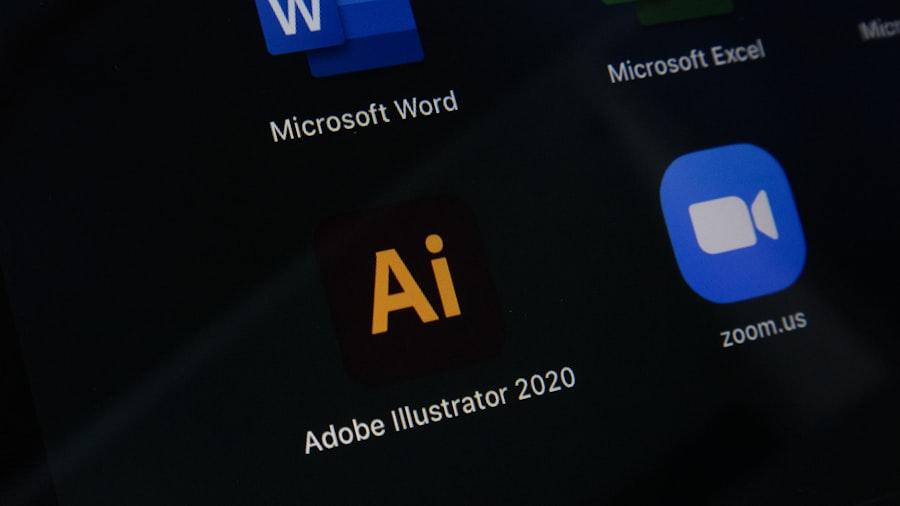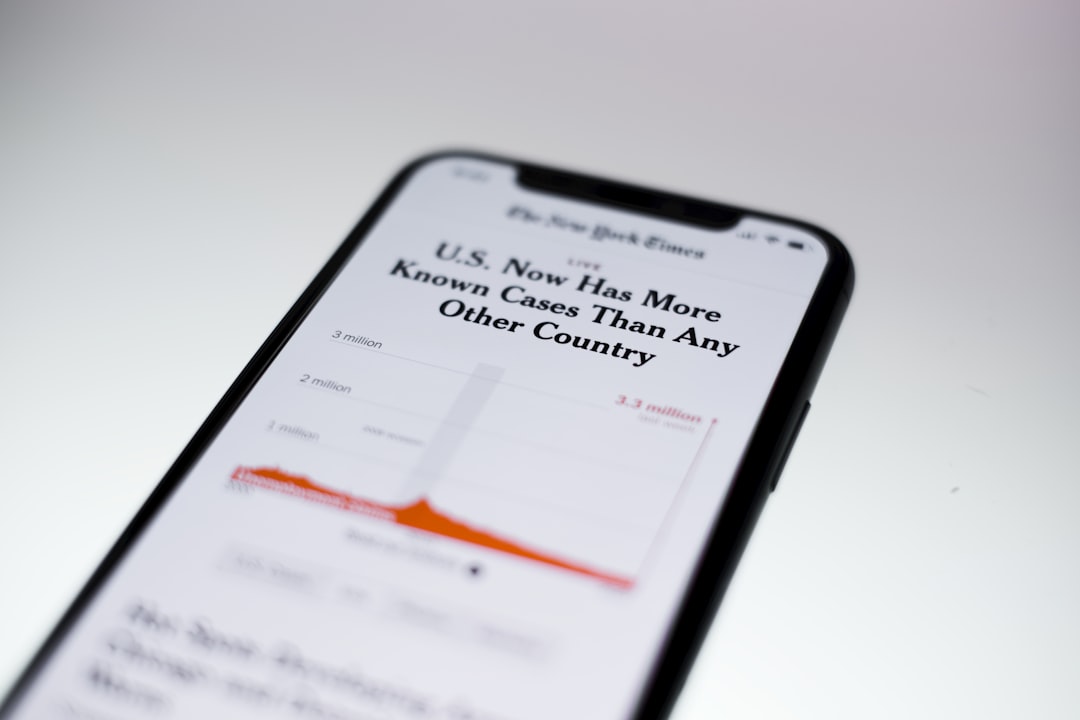In recent years, smartphones have evolved from mere communication devices into multifunctional tools that cater to a wide array of needs. Among these advancements, the ability to measure temperature has emerged as a noteworthy feature, particularly with the iPhone. While the iPhone does not possess a dedicated temperature sensor like traditional thermometers, it can still provide temperature readings through various means, including external sensors and applications.
This capability has garnered attention, especially in the context of health monitoring and environmental awareness. The integration of temperature measurement into the iPhone ecosystem reflects a broader trend in technology where devices are becoming increasingly interconnected and capable of providing real-time data. As users become more health-conscious and environmentally aware, the demand for accessible temperature measurement tools has surged.
The iPhone, with its extensive app ecosystem and connectivity features, stands out as a convenient option for those seeking to monitor temperature in various contexts, from personal health to weather conditions.
Key Takeaways
- iPhone temperature measurement is a convenient and accessible way to monitor body temperature on the go.
- The iPhone measures temperature using its built-in sensors and can provide accurate readings when used correctly.
- The accuracy of iPhone temperature measurement can vary depending on factors such as environmental conditions and user error.
- There are various apps available for iPhone temperature measurement, offering additional features and functionalities.
- While iPhone temperature measurement is convenient, it has limitations and may not always be suitable for medical diagnosis or critical temperature monitoring.
How iPhone Measures Temperature
The iPhone itself does not have a built-in thermometer; instead, it relies on external sensors and applications to provide temperature readings. One common method involves the use of Bluetooth-enabled thermometers that can sync with the iPhone. These devices often come equipped with advanced sensors that can accurately measure body temperature or ambient temperature.
Once paired with the iPhone, users can view real-time data through dedicated apps, allowing for easy monitoring and tracking over time. In addition to external sensors, the iPhone can also utilize data from weather services to provide ambient temperature readings. By accessing location-based weather information through apps or built-in features, users can quickly check the current temperature in their vicinity.
This method is particularly useful for outdoor enthusiasts or individuals who need to stay informed about changing weather conditions. The combination of external sensors and app-based data allows for a versatile approach to temperature measurement, catering to various user needs.
Accuracy of iPhone Temperature Measurement

The accuracy of temperature measurements taken with an iPhone largely depends on the method employed. When using external Bluetooth thermometers, accuracy can be quite high, often comparable to traditional medical thermometers. Many of these devices are designed specifically for precise measurements and are calibrated to meet medical standards.
For instance, some Bluetooth thermometers can provide readings within a fraction of a degree, making them suitable for monitoring body temperature during illness or fever. Conversely, when relying on weather data accessed through apps, the accuracy may vary based on several factors, including the reliability of the weather service and the specific location of the user. Weather apps typically aggregate data from multiple sources, including local weather stations and satellite information.
While this can provide a general idea of the ambient temperature, it may not always reflect microclimatic variations that could be present in specific areas. Therefore, while the iPhone can offer useful temperature insights, users should be aware of the potential discrepancies when relying solely on app-based readings.
Apps for iPhone Temperature Measurement
| App Name | Temperature Measurement Range | Accuracy | Price |
|---|---|---|---|
| Thermo-App | -50°C to 150°C | ±0.5°C | Free |
| TempMaster | -30°C to 300°C | ±0.3°C | 4.99 |
| SmartThermo | -20°C to 200°C | ±0.2°C | Free with in-app purchases |
A plethora of applications are available on the App Store that enhance the iPhone’s capability to measure temperature. Some of these apps are designed to work in conjunction with external sensors, while others provide access to weather data or allow users to log their own measurements. For example, apps like “Thermo” and “Kinsa” are specifically tailored for use with Bluetooth thermometers, enabling users to track their body temperature over time and receive alerts if readings fall outside normal ranges.
In addition to health-focused applications, there are also weather apps such as “Weather Underground” and “AccuWeather” that provide detailed temperature information based on user location. These apps often include features like hourly forecasts, historical data, and alerts for extreme weather conditions. By leveraging GPS technology, these applications can deliver accurate and timely temperature readings that help users plan their activities accordingly.
The diversity of available apps ensures that users can find solutions tailored to their specific needs, whether for health monitoring or environmental awareness.
Limitations of iPhone Temperature Measurement
Despite its capabilities, measuring temperature with an iPhone does come with certain limitations. One significant drawback is that the device lacks an integrated thermometer for direct body temperature measurement. Users must rely on external devices or apps that may not always be readily available or convenient to use.
This reliance on additional hardware can be a barrier for those seeking quick and easy access to temperature readings. Moreover, when using weather apps for ambient temperature readings, users may encounter issues related to data accuracy and timeliness. Weather conditions can change rapidly, and while apps strive to provide real-time updates, there may be delays in data transmission or discrepancies between reported temperatures and actual conditions experienced by users.
Additionally, factors such as urban heat islands or microclimates can lead to variations in temperature that are not captured by broader weather reporting systems. These limitations highlight the importance of understanding the context in which temperature measurements are taken and recognizing that while the iPhone offers valuable tools, it may not always provide definitive answers.
Comparison with Traditional Thermometers

When comparing iPhone temperature measurement capabilities with traditional thermometers, several key differences emerge. Traditional thermometers—whether digital or mercury-based—are specifically designed for accurate body temperature measurement. They typically offer quick results and are calibrated to meet medical standards, making them reliable tools for diagnosing fever or monitoring health conditions.
In contrast, while iPhones can provide temperature readings through external sensors or apps, they do not replace the precision and reliability of dedicated medical thermometers. Another notable difference lies in user experience and convenience. Traditional thermometers require physical contact with the body or environment to obtain readings, which can be cumbersome in certain situations.
In contrast, using an iPhone with a compatible app allows users to access temperature information without needing direct contact with a thermometer. This feature is particularly advantageous for individuals who may need to monitor temperatures frequently or for those who prefer a more streamlined approach to health tracking. However, it is essential to remember that while convenience is a significant factor, it should not overshadow the importance of accuracy when it comes to health-related measurements.
Practical Uses of iPhone Temperature Measurement
The practical applications of measuring temperature with an iPhone are diverse and extend beyond mere curiosity about current conditions. In healthcare settings, parents can utilize Bluetooth thermometers paired with their iPhones to monitor their children’s temperatures during illness. This capability allows for easy tracking over time and can facilitate communication with healthcare providers regarding symptoms and trends in body temperature.
In addition to health monitoring, outdoor enthusiasts can benefit from using their iPhones to check ambient temperatures before embarking on activities such as hiking or camping. Knowing the current weather conditions can help individuals prepare adequately for their excursions by dressing appropriately or bringing necessary gear. Furthermore, gardeners and farmers can use temperature data from their iPhones to make informed decisions about planting schedules and crop management based on local climate conditions.
The Future of iPhone Temperature Measurement
As technology continues to advance at a rapid pace, the future of temperature measurement through devices like the iPhone appears promising. Innovations in sensor technology may lead to more integrated solutions that allow smartphones to measure temperature directly without relying on external devices. This could revolutionize how individuals monitor their health and interact with their environment.
Moreover, as health awareness grows globally, there is likely to be an increasing demand for seamless integration between health monitoring tools and smartphones. Future iterations of the iPhone may incorporate advanced health sensors capable of providing real-time data on various physiological parameters, including body temperature. Such developments would not only enhance user experience but also empower individuals to take charge of their health in unprecedented ways.
In summary, while current methods of measuring temperature with an iPhone have their limitations compared to traditional thermometers, they offer unique advantages in terms of convenience and accessibility. As technology evolves, we can anticipate even more sophisticated solutions that will further bridge the gap between smartphones and health monitoring capabilities.
If you are interested in learning more about how an iPhone can tell temperature, you may want to check out the article on getiphoneinfo.com. This website provides detailed information on various features and capabilities of iPhones, including their ability to measure temperature. You can also reach out to them through their contact page for any specific inquiries or visit their about page to learn more about the website and its creators.
FAQs
What is the iPhone’s capability to tell temperature?
The iPhone does not have a built-in temperature sensor to directly measure the ambient temperature.
Can the iPhone measure temperature using third-party apps?
Some third-party apps claim to measure temperature using the iPhone’s internal sensors, but these measurements may not be accurate and should be used with caution.
Are there any accessories or devices that can enable the iPhone to measure temperature?
There are external accessories and devices, such as thermometers and temperature probes, that can be connected to the iPhone to measure temperature accurately.
How can I measure temperature using my iPhone?
To measure temperature accurately, it is recommended to use a dedicated thermometer or temperature probe that can be connected to the iPhone via the headphone jack or lightning port.
Can Siri tell me the temperature?
Siri can provide the current outdoor temperature by using location-based services and weather data. However, this is not a direct measurement of the ambient temperature.










